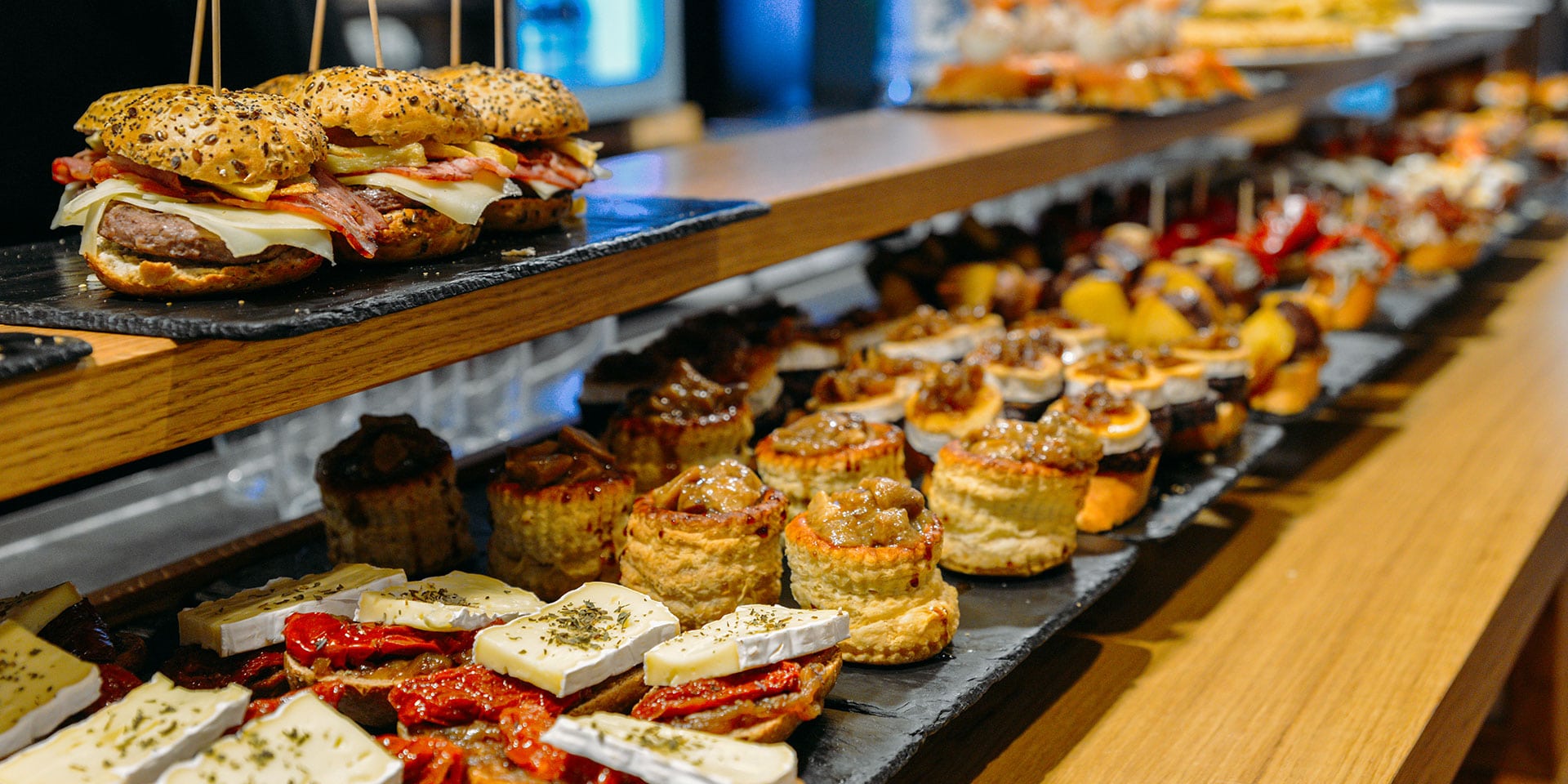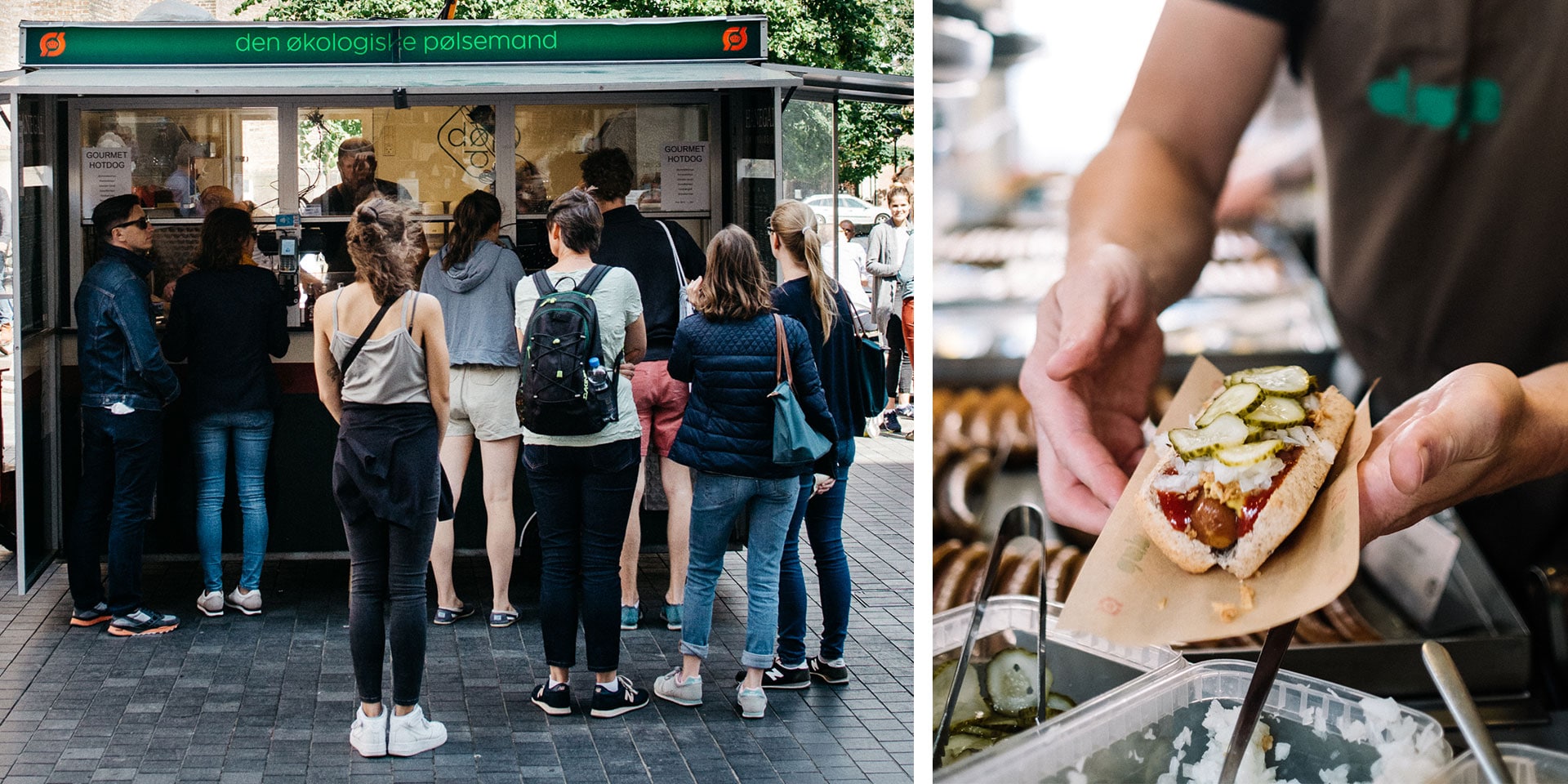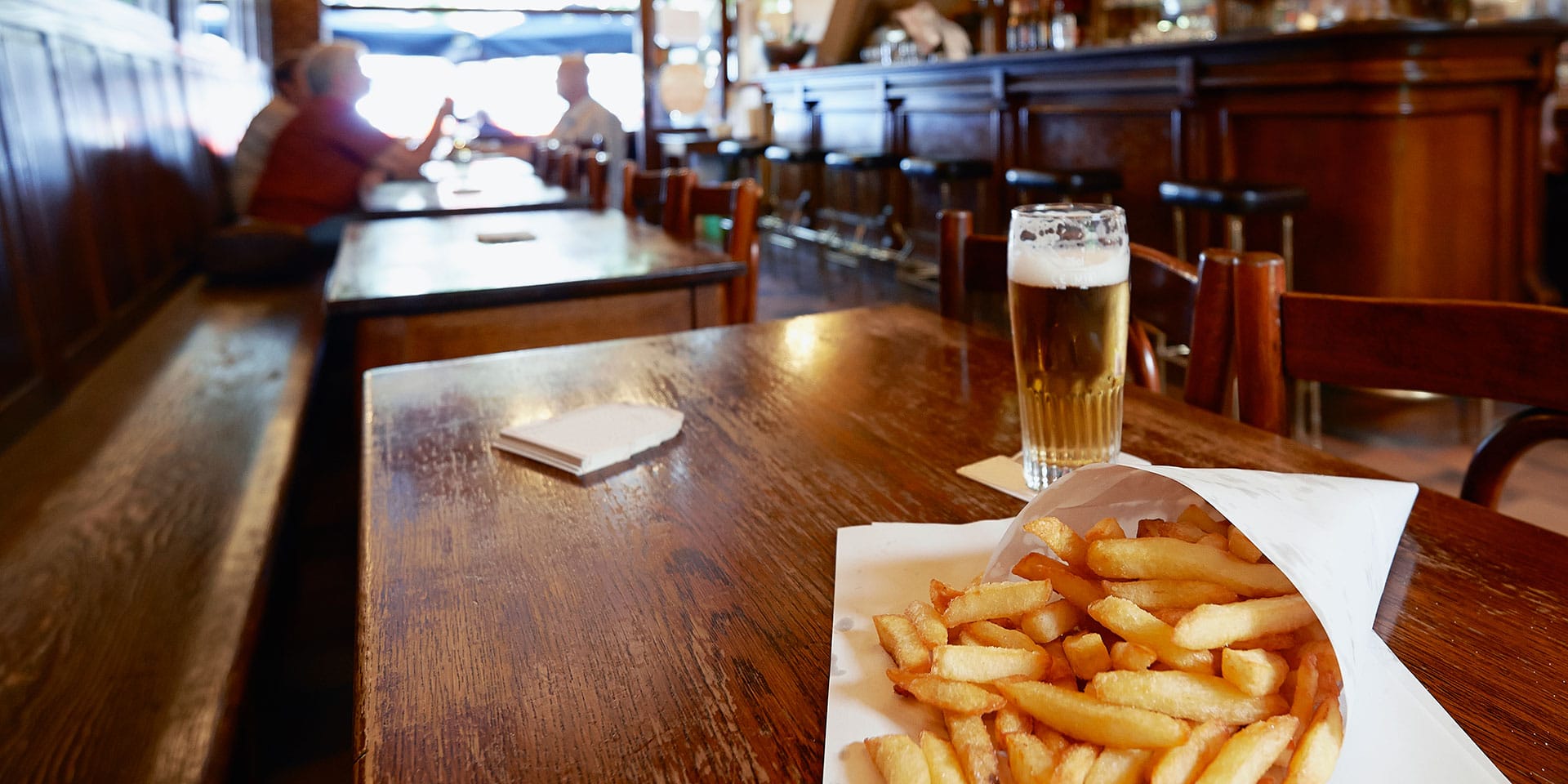
Eat linner like a European. (Photo: Getty Images)
Tips + TrendsWhat’s for #Linner? How to Midday Snack (and Save) Like a European
By Will HawkesEating like a local is not always cheap in Europe. You’re not going to find a bargain bouillabaisse or bistecca alla Fiorentina, but the truth is, you don’t need to sample these set-piece, once-a-year dishes to get a taste of what the locals love.
The everyday food of Europe, from bratwurst to bagels, is much cheaper and equally tasty. And best of all? It’s available all day, every day — perfect for a late-afternoon or early-evening meal.
Yes, Europe is a continent committed to taking the edge off your midafternoon hunger — right on trend with fulfilling your ‘tween-meals cravings. To be sure, the current popularity of “evening brunch” is not to be underestimated; year over year, the hashtag #linner has seen a whopping 139 percent increase across social media posts.
Here’s where to pick up the most authentic, budget-friendly, between-meal options around Europe.

Bilbao
This working-class Basque city loves two things above all else: pintxos (the simple and delicious Basque version of tapas) and the local football club, Athletic. For a taste of both, head to El Huevo Frito (the Fried Egg), where Athletic-focused decor stares down on a bar dedicated to high-quality quail-egg-based pintxos and more (try the pigs trotter pintxos).
You can expect to pay a couple of euros for most of the generously portioned options, which are lined up on trays along the bar and available to order at any time. Filling and cheap? Yes, please.
Brussels
The Belgian capital has any number of culinary tricks up its sleeve, but nothing is as Bruxellois as a huge paper cone full of frites (fries). You can, of course, get frites pretty much anywhere in the city, but the most authentic place to pick them up is at one of the traditional street stalls, like Friterie de la Barriere, a 50-year-old stand in the heart of Saint-Gilles, one of the city’s most charismatic neighborhoods.
Less than 3 euros will get you enough frites to keep you fueled well into the evening, and it’s essential to add sauce, too. Try mayonnaise or Andalouse, a piquant local speciality.
Copenhagen

You can order hot dogs nearly everywhere these days, but few people take them as seriously as the Danes do. The Danish capital has its fair share of hot dog stands, where 100 percent pork sausages are augmented with an array of toppings: most typically, mustard, ketchup, remoulade, fried onions, fresh onions and pickles.
One of the best stalls for linner is DØP, where an organic “roasted hot dog” will set you back 37 krone, or just about 5 euros.
Florence
Modern Europeans don’t tend to eat as much offal — or variety meats, as it’s sometimes known in the U.S. — as they used to, but it’s still a staple in Florence.
A lampredotto is stewed tripe served in a crusty roll, but if you’re expecting something tough and indigestible, think again. The tripe on offer at Trippaio del Porcellino in the city center may be a little gray, but it’s very soft ( it’s been stewed for hours) and delicious, served with a tangy, parsley-heavy salsa verde.
Wherever you pick one up — and there are plenty of other stalls — you shouldn’t pay much more than 4 euros.
Lisbon
In Western Europe’s most affordable capital, an early-evening bifana is the biggest bargain of all. This is a classic Portuguese pick-me-up in Lisbon and beyond: It’s pork loin sliced thin and simmered in a fragrant stock made with garlic, bay leaves and white wine before being served in a papo seco, a classic crusty roll.
Some people like to add mustard; others have a small beer to wash it down. At As Bifanas Do Afonso, a classic city-center hole in the wall, the sandwich and beer costs around 5 euros.

London
Brick Lane, in the heart of London’s East End, has seen immigrant waves come and go over the centuries. Today, there are plenty of restaurants serving food from the Indian subcontinent, but this stretch was once the center of the city’s Jewish community.
There are still a few reminders of that time, which lasted roughly from the end of the 19th century until the 1970s, including two bagel shops near the junction with Bethnal Green Road.
The best is Beigel Bake, where you can pick up six bagels to go for £1.50. Or try the speciality: a bagel stuffed with salt beef, mustard and pickle for £4.30. The bagels are made on-site, in the back; you can watch them while you’re in the queue.
Nuremberg
Nuremberg natives are very proud of their city’s reputation as the home of bratwurst: The marjoram-flavored native sausage, Nürnberger bratwurst, recently celebrated its 700th birthday, making it Germany’s oldest.
There are a number of restaurants in the city serving them, but the best and cheapest place to pick them up is at a stall like Morawski, where the traditional portion, drei im Weckla (three little Nuremberg bratwurst in a bun), should set you back 4 euros. They sell plenty of other bratwurst, too, but as any Nuremberger could tell you: Original is best.
Paris
The City of Light can be frighteningly heavy on the wallet, but it is possible to eat well and cheaply here while satisfying a linner craving. Local Paris markets like Saint-Quentin, close to Gare du Nord, are a good option, or you could seek out a tartine, a traditional French open sandwich with pretty much anything on top. At Dame Tartine, you’ll find anything from gravlax to artichoke tapenade. Expect to pay around 10 euros.




